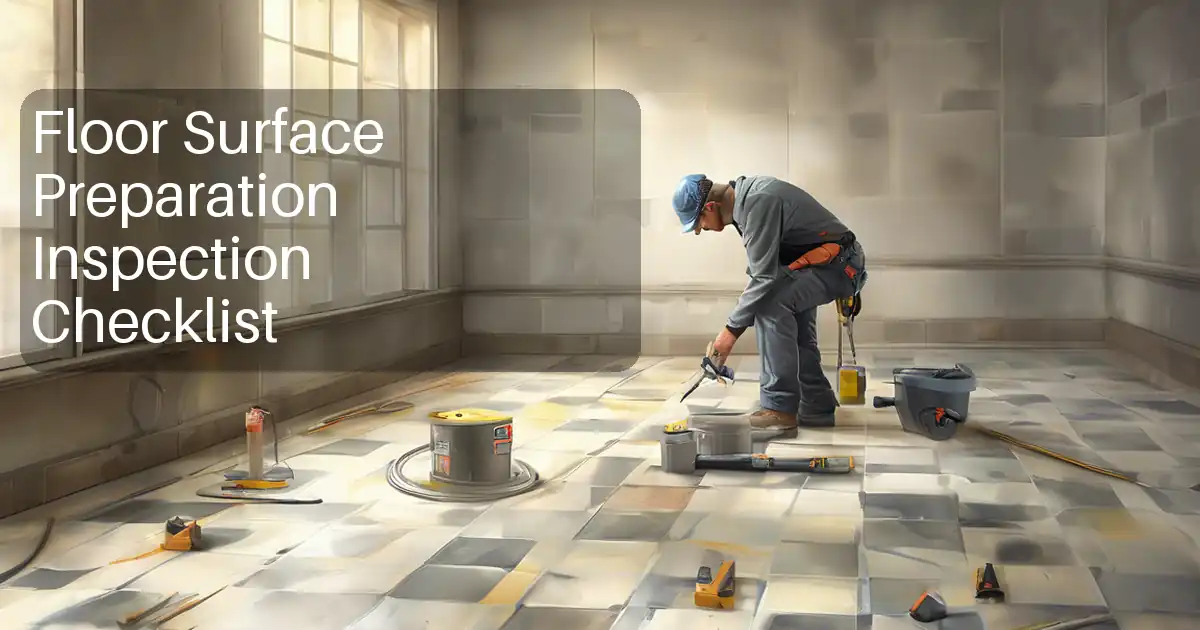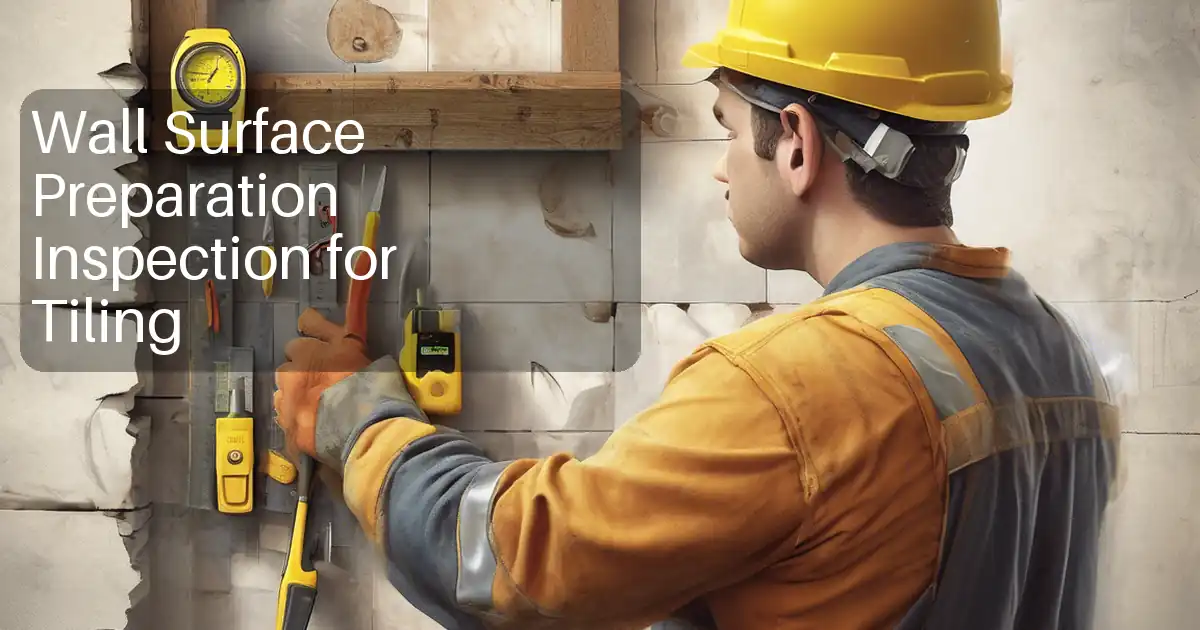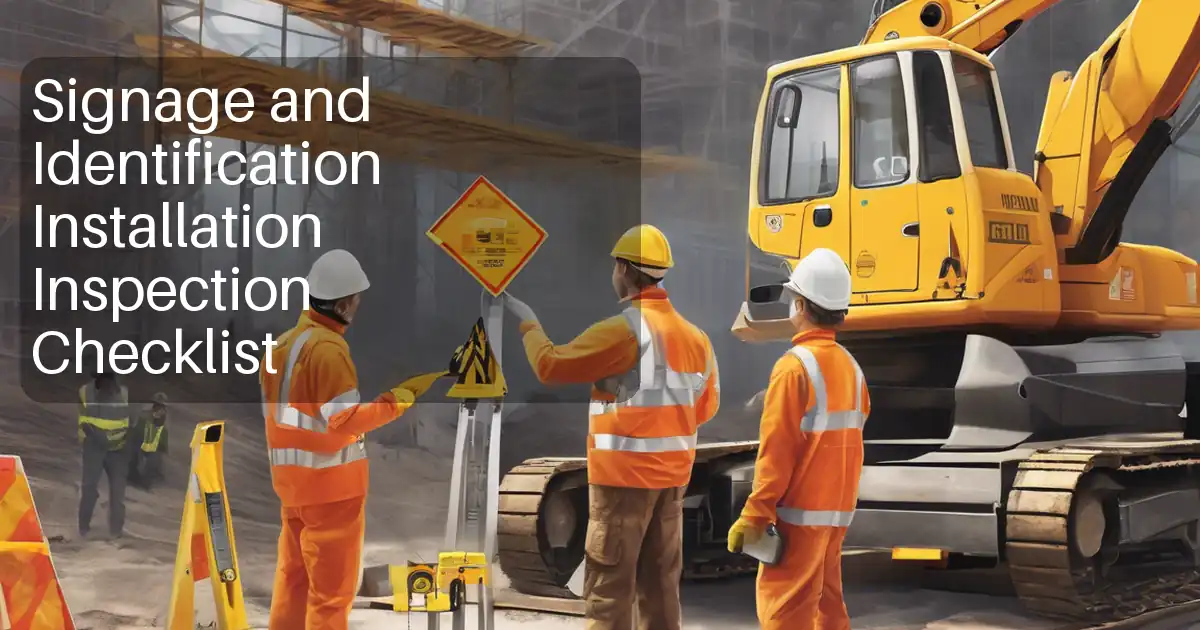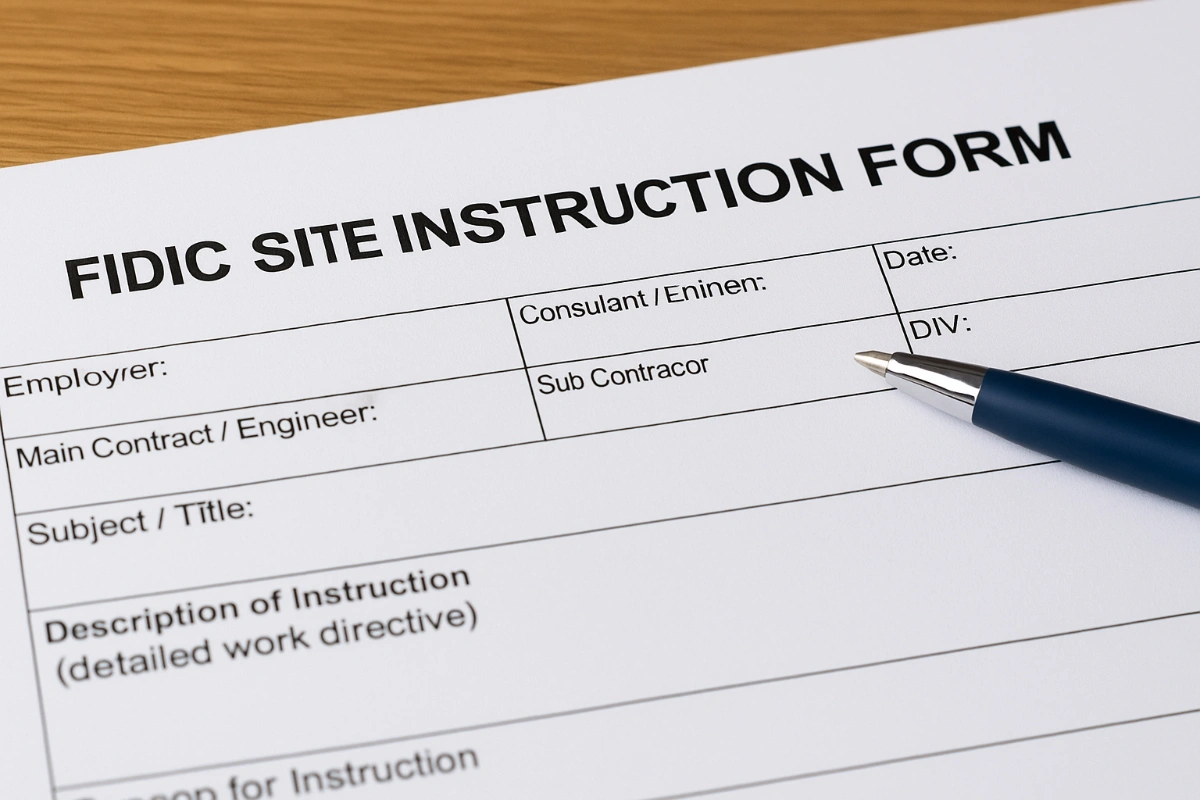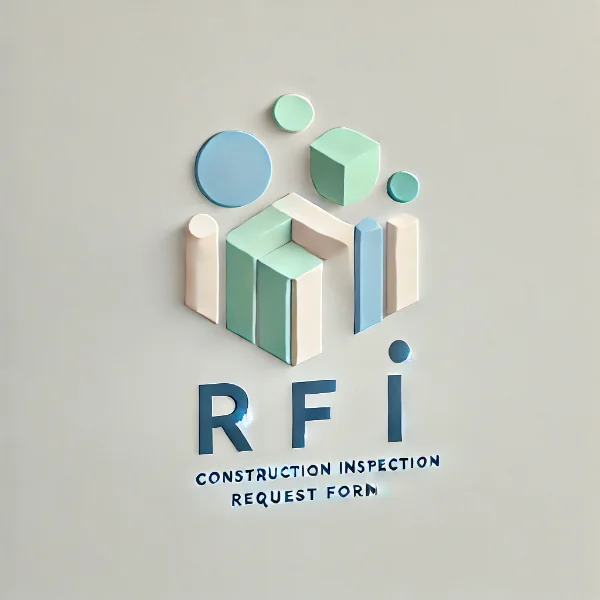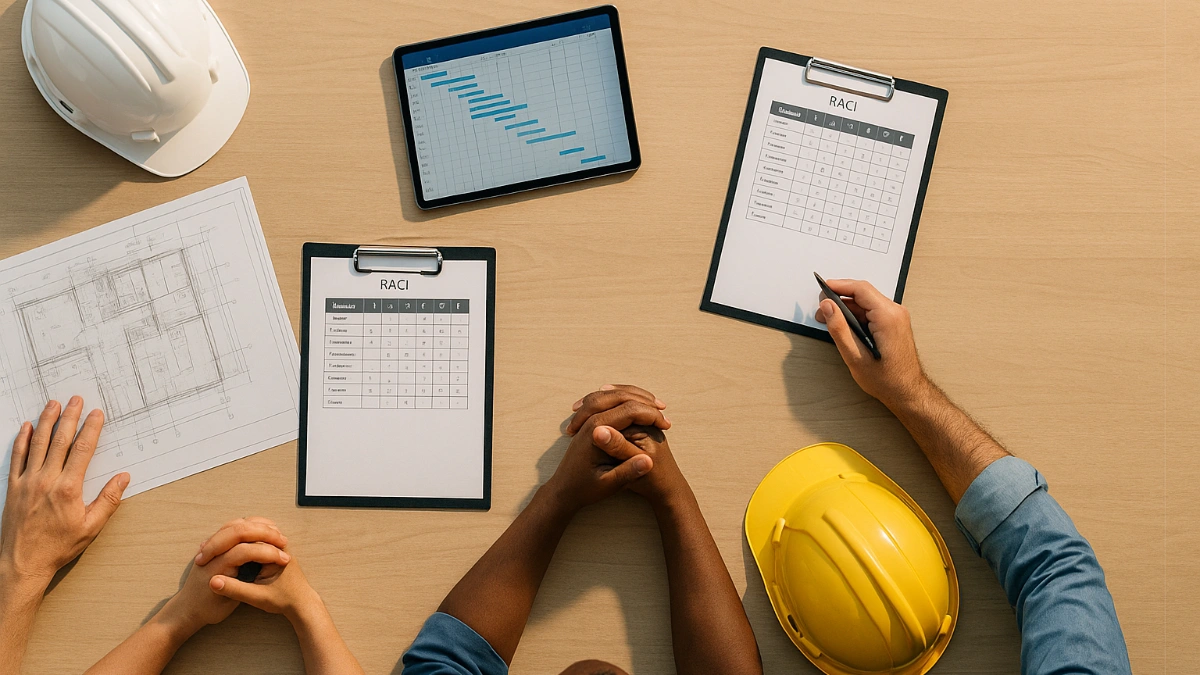Free Meeting Minutes Template & Construction Option - No Registration

Type of Construction Meetings:
1. Pre-Construction (Kick-off) Meeting:
- Purpose: To establish the project's foundation, discuss objectives, timelines, and roles.
- Documentation: Minutes are typically recorded by the consultant or project manager, capturing key decisions, assigned responsibilities, and action items.
2. Construction Progress Meetings:
- Purpose: To review ongoing construction activities, address issues, and ensure adherence to schedules.
- Documentation: Minutes are usually recorded by the contractor, detailing progress updates, challenges faced, and resolutions agreed upon.
3. Project Team (Progress) Meetings:
- Purpose: To discuss overall project progress, including design and construction phases, and to coordinate among various stakeholders.
- Documentation: Minutes are often recorded by the consultant, highlighting discussions on schedules, budgets, and any necessary adjustments.
4. Contractor and Sub-Contractor Meetings:
- Purpose: To coordinate work among contractors and subcontractors, address on-site issues, and ensure alignment with project plans.
- Documentation: Minutes are typically recorded by the general contractor, focusing on work coordination, problem-solving, and updates on task completion.
5. Pre-Installation Meetings:
- Purpose: To discuss the quality standards, installation procedures, and specific requirements for particular tasks or materials.
- Documentation: Minutes are usually recorded by the contractor, detailing agreed-upon standards, responsibilities, and timelines for installations.
6. Safety Meetings:
- Purpose: To address safety protocols, discuss potential hazards, and ensure compliance with safety regulations on the construction site.
- Documentation: Minutes are recorded by the safety officer or designated personnel, capturing safety concerns, training provided, and measures taken to mitigate risks.
7. Design Review Meetings:
- Purpose: To evaluate design plans, discuss revisions, and ensure that designs meet project requirements and standards.
- Documentation: Minutes are recorded by the project architect or designer, noting feedback, decisions made, and any required design modifications.
8. Other Types of Meetings:
- Other types of construction meetings: are held throughout the lifecycle of a project to ensure effective communication and progress. General construction project update meetings align the entire team on tasks and overall progress. Budget review meetings monitor costs and track financial decisions. Client meetings maintain transparency and record expectations and decisions made with the client. Technical meetings for in-depth discussions on specific aspects like design, and meetings focused on coordination of work between trades, project schedules, shop drawings, document maintenance, and change order status.
Download your free meeting minutes template now and take control of your meetings! No signup, no hassle – just click and start documenting.
- minutes of meeting form template by quollnet (Word Format)
- minutes of meeting form template by quollnet (Excel Format - Recomended)
- minutes of meeting form template by quollnet (PDF Format)
- minutes of meeting form template by quollnet (Image Format)
How to use the Minutes of Meeting Template:
 Company Details:
Company Details: - Fill in the company name, address, email, and phone in the relevant sections.
- List the names, companies, titles, and signatures of the attendees. You’ll typically list representatives from both the main contractor and subcontractor, as well as the project manager, technical manager, and other key participants.
- Meeting Number: Assign a sequential number to each meeting.
- Date of Meeting: Specify the meeting date.
- Meeting Type: Choose the type of meeting, e.g., progress meeting.
- Meeting Time: Enter the time the meeting began.
- Meeting Location: Indicate the location of the meeting.
- Include the title and company of the person who prepared the minutes, followed by their signature.
- Note any documents attached to the minutes such as RFI logs, payment logs, or project plans.
- List people (other than attendees) who will receive the minutes of the meeting.
- Provide the scheduled date and time for the next meeting.
- For each item discussed, note the date initiated, the responsible party, the due date, and whether the task is completed (date done) or still in progress (status and comments).


